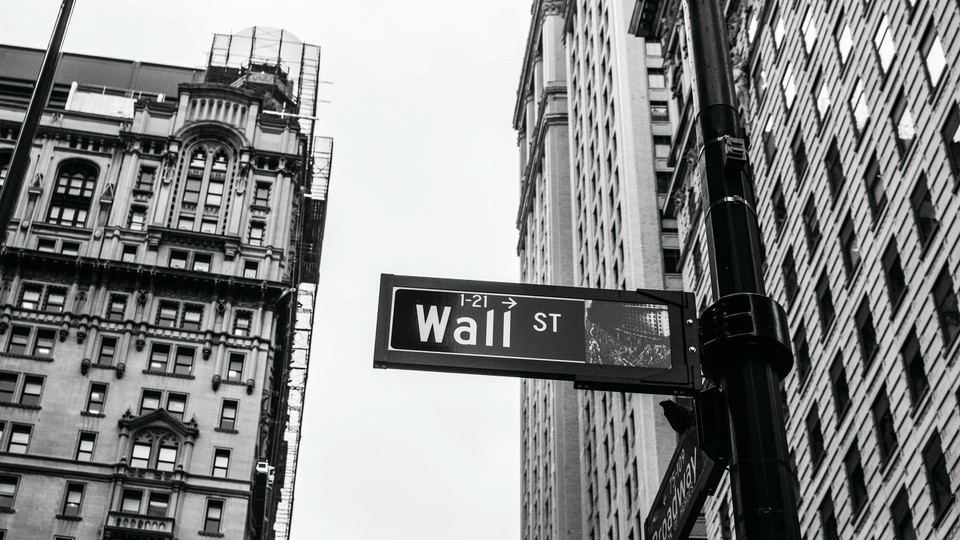
Fortune Hunters
Does Inside Information Affect A Company’s Stock And Bond Prices?
Based on research by Kevin Crotty and Kerry Back
Does Inside Information Affect A Company’s Stock And Bond Prices?
- Stock trades affect bond prices and bond trades affect stock prices.
- Relevant inside information on the value or riskiness of a firm’s assets may shed extra light on the value of the firm’s stock and bonds.
- The type of inside information an investor has will determine whether stock prices go up or down when bond trading is heavy.
Large firms finance their operations both by selling shares to investors and by issuing debt in the corporate bond market. The price of these shares and bonds, of course, is shaped in large part by public knowledge about the company. But there are other factors as well, particularly less-public knowledge such as private information about a company’s risk level or value.
What’s the impact of such inside details? That, say Rice Business Professors Kerry Back and Kevin Crotty, depends on just what sort of private information investors may have.
In a recent paper, Back and Crotty took a close look at the possible effects of private information and found that the type of inside information that certain investors have determines if the price of a given stock will rise or fall when there’s heavy buying or selling in the stock and bond market. By studying the content of buy or sell orders, the researchers were able to discern whether investors tended to have inside information about the value of assets or the riskiness of assets.
When some investors know more than the market about the expected value of a company’s operations, heavy buying in stocks will predict higher prices in the bond market, while heavy buying in bonds corresponds to higher prices for the firm’s stock. But when some investors have private information about the riskiness of a company’s operations, the reverse happens: Heavy buying in stocks will predict lower prices in the bond market, and heavy buying in bonds will predict lower prices in the firm’s stock.
Back and Crotty used a sample of daily trades from 221 firms to estimate how prices in one market, such as bonds, responded to trading activity in the other main market – that is, stocks – and vice versa. Their sample skewed toward large firms, with a median stock market capitalization of $14 billion and median outstanding debt of about $5 billion. Based on the relationships in the data between trading activity in one market and prices in the other, the researchers concluded that private information about a firm’s operations is primarily about its expected value, rather than its riskiness.
What does this mean to the ambitious corporation looking to raise money? Investors demand a return for buying both corporate bonds and stocks. Back and Crotty’s research shows that, in addition to public information, both debt and equity returns are shaped by private information that some investors have about the expected value of the firm’s operations. Their new data confirm that a particular type of inside information pushes stock and bond prices in a predictable way.
And what about those market observers who don’t have a $14 billion company to run? For them, these findings shed new light on how information gets into prices in the stock and bond markets. Not surprisingly, some investors know more than others, and their “inside” information eventually is reflected in prices.
Kerry Back is a J. Howard Creekmore professor of finance and professor of economics at the Jones Graduate School of Business at Rice University.
Kevin Crotty is an associate professor of finance at the Jones Graduate School of Business at Rice University.
To learn more, please see: Back, K., & Crotty, K. (2015). The informational role of stock and bond volume. The Review of Financial Studies, 5(1), 1381-1427.
Never Miss A Story


